Retrofitting windows is an excellent option for homeowners looking to upgrade their windows without undergoing a major renovation. By understanding what it means to retrofit a window, you can make an informed decision about the best window replacement solution for your home. This article will cover everything you need to know about retrofitting windows, from what they are to their pros and cons, and when they are the best choice.

A title
Image Box text
Window Professional
Landon Hancock
May 16th, 2024 • 7 min read
11 113
Shares Views
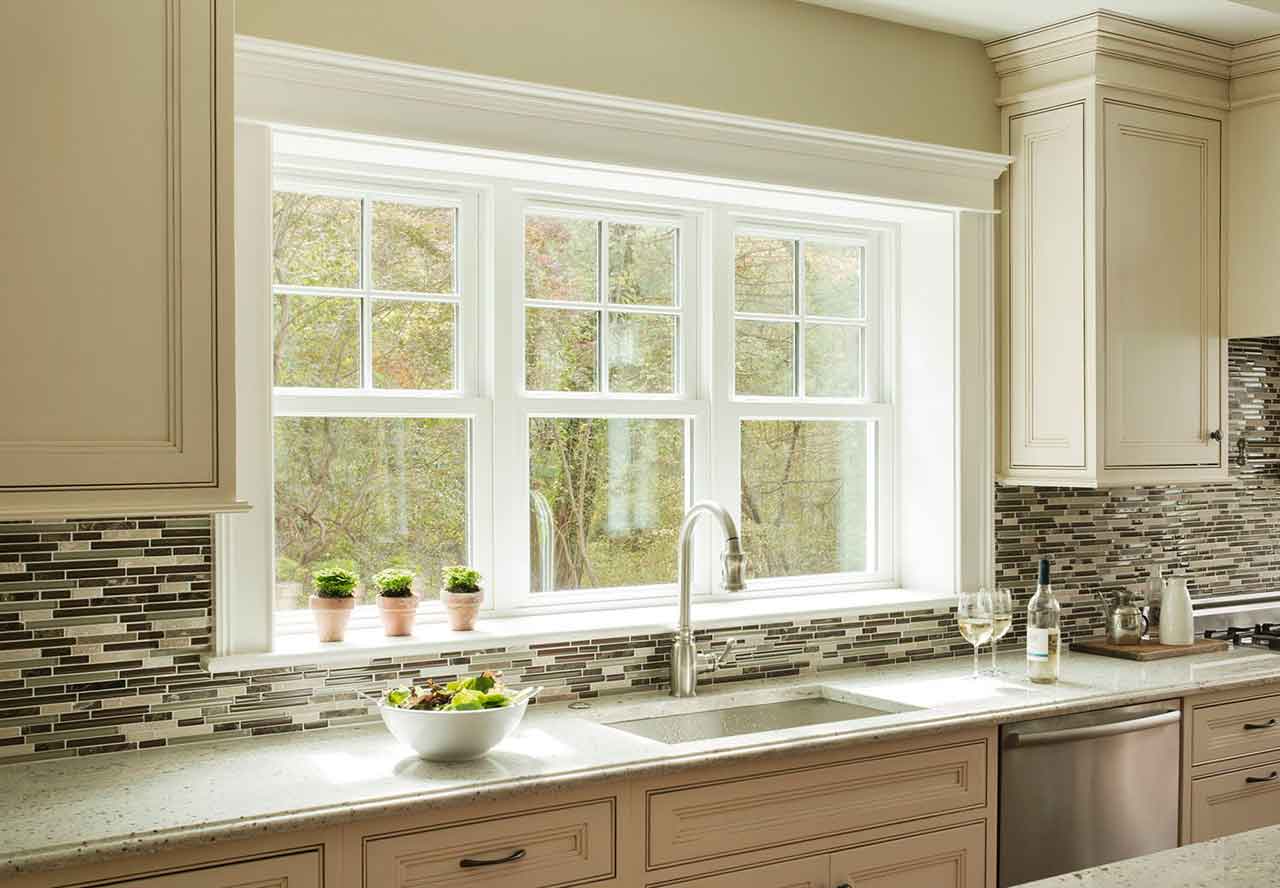
Table of Contents
Quick Answer: What Does It Mean to Retrofit a Window?
Retrofitting a window means replacing an old window with a new one that fits into the existing window frame. This process avoids major renovations, improves energy efficiency, and enhances the appearance of your home with minimal disruption and cost.
What Is a Window Frame?
A window frame is the structure that holds a window in place. It surrounds the glass and provides support and stability. The frame is made up of several parts, including the head, jambs, and sill. Glass is secured into a window frame through a process known as glazing, and can be removed while keeping the frame intact.
- Head: The top part of the frame.
- Jambs: The vertical sides of the frame.
- Sill: The bottom part of the frame.
The window frame is essential for the window’s overall strength and insulation. It helps keep the window secure and prevents drafts and moisture from entering your home. Frames can be made from various materials, including wood, vinyl, aluminum, and fiberglass, each offering different benefits in terms of durability, maintenance, and energy efficiency.
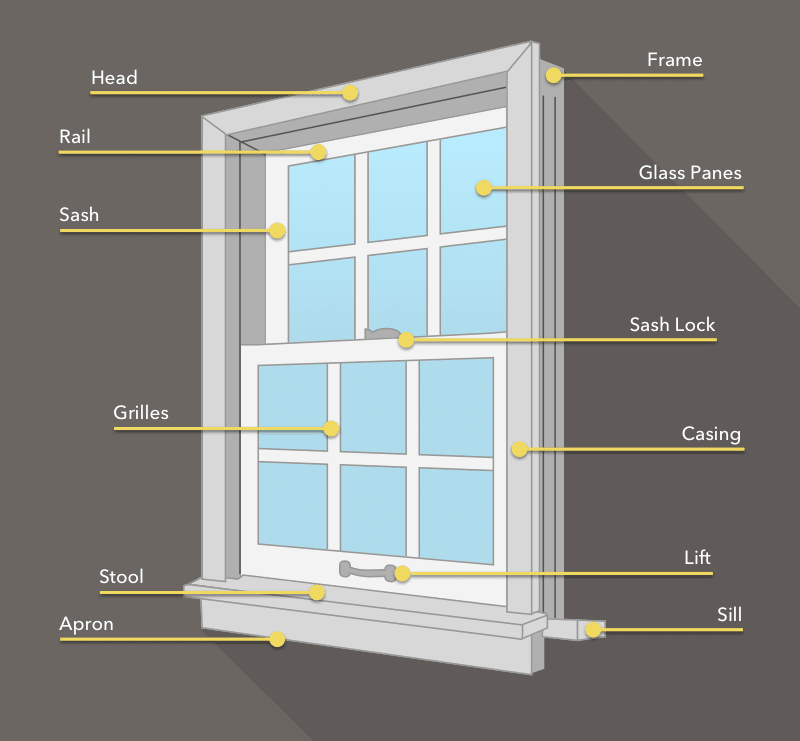
What Are Retrofit Windows?
Retrofit windows, also known as replacement windows, are designed to fit into the existing window openings of a home. Unlike new construction windows, which are installed during major renovations or new builds, retrofit windows only replace the actual window itself. The existing window frame and surrounding materials remain intact.
Retrofit windows are custom-made to match the exact size of your current window openings. This precise fit ensures a smooth installation process and minimizes the need for additional construction work. By opting for retrofit windows, you can enjoy the benefits of new windows without the mess and expense of a full renovation.
Types of Retrofit Window Frames
Retrofit windows come with different types of frames, each offering unique benefits. Here are two common types:
Flush Fin (Z-bar) Frames
Flush fin frames, also known as Z-bar frames, are designed to fit over the existing window frame. These frames are particularly popular in homes with stucco exteriors. The flush fin frame provides a clean, finished look by covering the old window frame entirely. This type of frame is easy to install and helps to improve the window’s insulation and weather resistance.
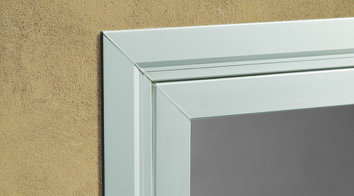
Block Frames
Block frames are designed to fit directly into the existing window opening, replacing the old window while preserving the original frame. This type of frame is often used in homes with brick or wood exteriors, where the exterior trim remains intact. Block frames provide a straightforward installation process and are ideal for homeowners looking to maintain their home’s original architectural style.
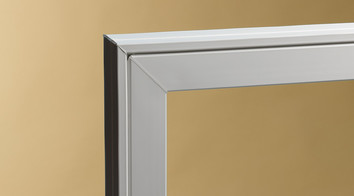
Pros and Cons of Retrofit Windows
Retrofit windows offer several benefits, but they also come with some drawbacks. Here’s a look at both sides:
Pros
- Cost-effective: Retrofit windows are generally less expensive than new construction windows. You save money because the installation is quicker and involves less labor.
- Easier installation process: Since retrofit windows fit into existing frames, the installation process is straightforward and less messy. There’s no need to remove siding or other exterior materials.
- Minimal disruption: The installation of retrofit windows causes minimal disruption to your home. You can replace your windows without major renovations or extensive construction work.
Cons
- Potential limitations in energy efficiency: While retrofit windows can improve energy efficiency compared to old windows, they might not match the performance of new construction windows designed specifically for your home.
- Possible aesthetic compromises: Depending on your home’s style, retrofit windows may not always blend perfectly with the existing design. However, many options are available to closely match most architectural styles.
Energy Efficiency of Retrofit Windows
One of the main reasons homeowners choose retrofit windows is to enhance energy efficiency. By replacing old, drafty windows with new, well-insulated ones, you can significantly reduce energy loss and save on heating and cooling costs.
Retrofit windows are designed to fit snugly into your existing window openings, helping to seal gaps and prevent drafts. Many retrofit windows come with features like double or triple glazing, low-E coatings, and gas fills between the panes, all of which contribute to better insulation.
While retrofit windows may not always be as energy-efficient as new construction windows, they still offer significant improvements over older windows. By choosing high-quality retrofit windows, you can enjoy better energy efficiency, lower utility bills, and a more comfortable home.
When to Choose Retrofit Windows
Retrofit windows are a great option in many situations. Here are some scenarios where they might be the best choice:
- Upgrading old windows: If your current windows are old and inefficient, retrofit windows can provide a quick and effective upgrade. They can improve your home’s energy efficiency and overall comfort.
- Minimizing disruption: If you want to improve your windows without the hassle of major construction, retrofit windows are a good choice. They can be installed with minimal disruption to your home’s exterior and interior.
- Cost-effective improvements: Retrofit windows are generally less expensive than new construction windows. If you’re looking for a budget-friendly way to improve your home’s energy efficiency and appearance, retrofit windows are a smart option.
- Preserving the look of your home: If you have a home with unique architectural features, retrofit windows can help preserve the original look while still providing modern benefits.
When deciding between retrofit and new construction windows, consider your specific needs and budget. Retrofit windows offer many benefits and can be a great solution for many homeowners.
Advantages and Disadvantages of New Construction Windows
Advantages
- Customizable: New construction windows are custom-built for your home. You can choose the exact size, style, and features that fit your needs.
- Higher energy efficiency: These windows are designed to be highly energy-efficient. They often come with advanced insulation features that can significantly reduce your energy bills.
- Long-term durability: Since new construction windows are installed during a complete renovation, they tend to be more durable and long-lasting.
Disadvantages
- Higher cost: New construction windows are more expensive than retrofit windows. The cost includes the price of the windows themselves and the labor required for a more complex installation.
- More invasive installation: Installing new construction windows involves removing parts of your home’s exterior, which can be disruptive and time-consuming. This process might require additional work, such as repairing or replacing siding or stucco.
Choosing between retrofit and new construction windows depends on your specific situation. Consider your budget, the condition of your current windows, and how much disruption you can handle when making your decision. Both options have their benefits, and choosing the right one can greatly improve your home’s comfort and efficiency.
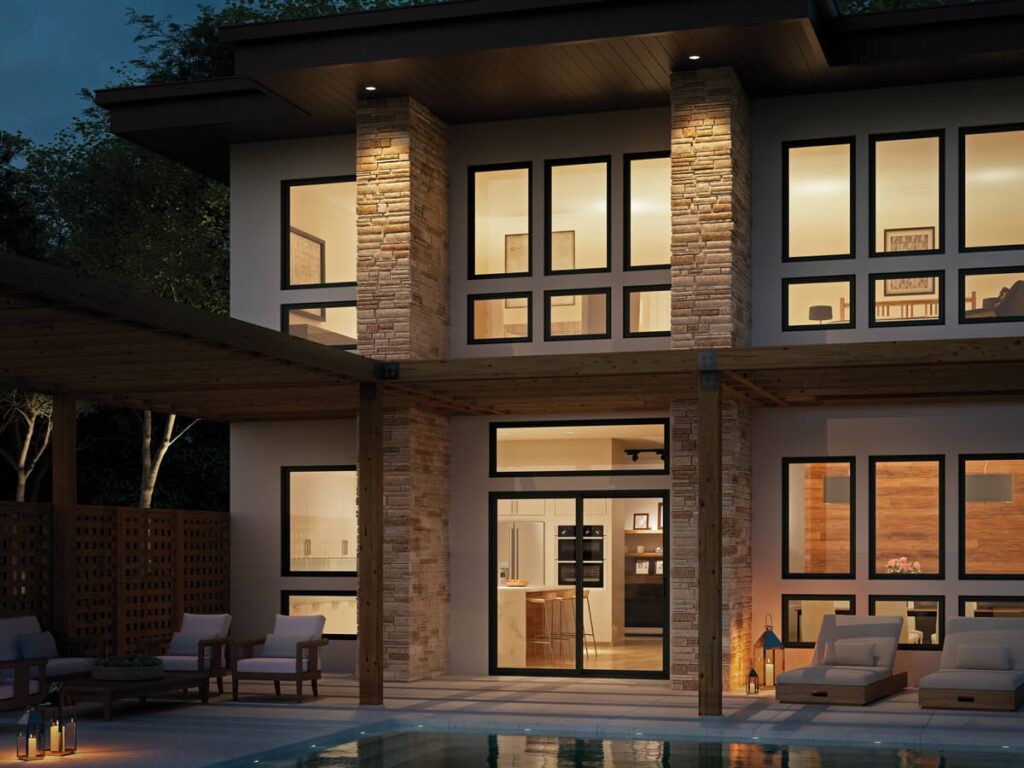
Comparison: Retrofit vs. New Construction Windows
When choosing between retrofit and new construction windows, it’s important to compare the key factors. Here’s a side-by-side look:
Retrofit Windows
- Cost: Less expensive due to simpler installation.
- Installation: Quick and easy, with minimal disruption.
- Energy Efficiency: Good, but may not match the performance of new construction windows.
- Aesthetics: Can blend well with existing windows, but might not be a perfect match for all styles.
- Preservation: Ideal for preserving the existing look of your home.
New Construction Windows
- Cost: More expensive because of the complex installation process.
- Installation: More invasive and time-consuming, involving the removal of exterior materials.
- Energy Efficiency: Generally higher due to custom fitting and advanced insulation features.
- Aesthetics: Fully customizable to match your home’s design perfectly.
- Durability: Tend to be more durable and long-lasting.
When deciding which type is best for your home, consider your budget, the current condition of your windows, and how much disruption you’re willing to tolerate. Both retrofit and new construction windows offer unique advantages that can significantly enhance your home’s comfort and energy efficiency.
Conclusion
Both retrofit and new construction windows have their unique benefits. Retrofit windows are a cost-effective and minimally invasive option for improving your home’s energy efficiency and appearance. They fit into your existing window frames, making the installation process quick and easy. On the other hand, new construction windows offer higher energy efficiency and customization options, though they come with a higher cost and a more involved installation process.
When choosing between retrofit and new construction windows, consider your specific needs, budget, and the condition of your current windows. By carefully evaluating these factors, you can make an informed decision that will greatly improve your home’s comfort, efficiency, and aesthetic appeal.